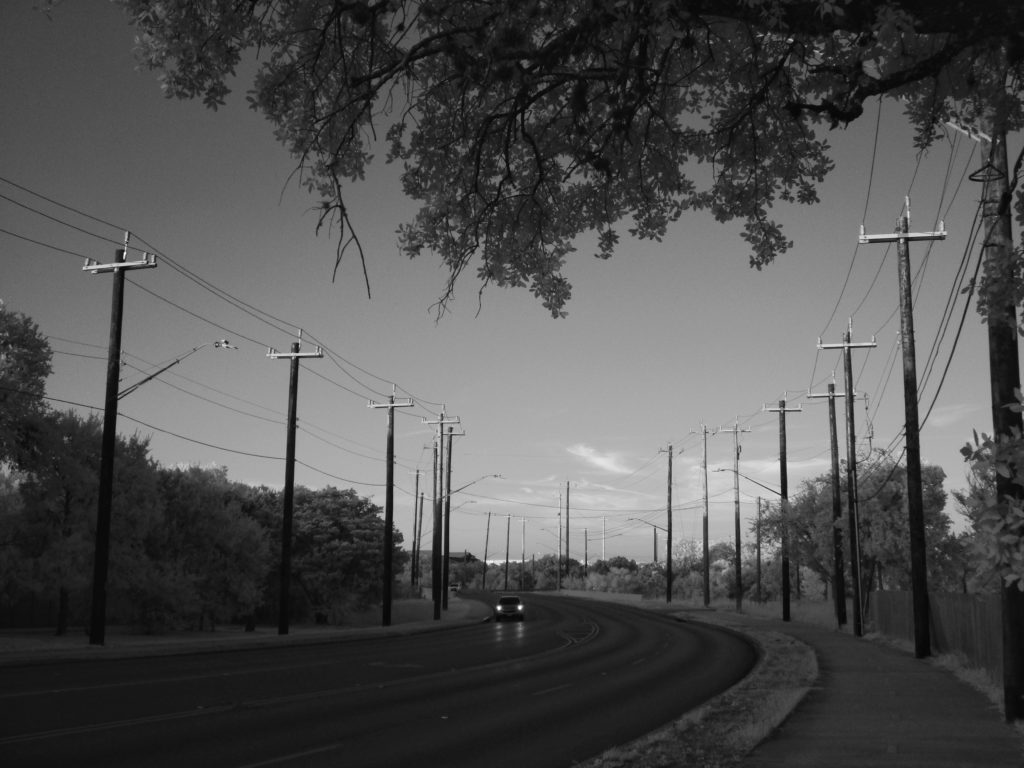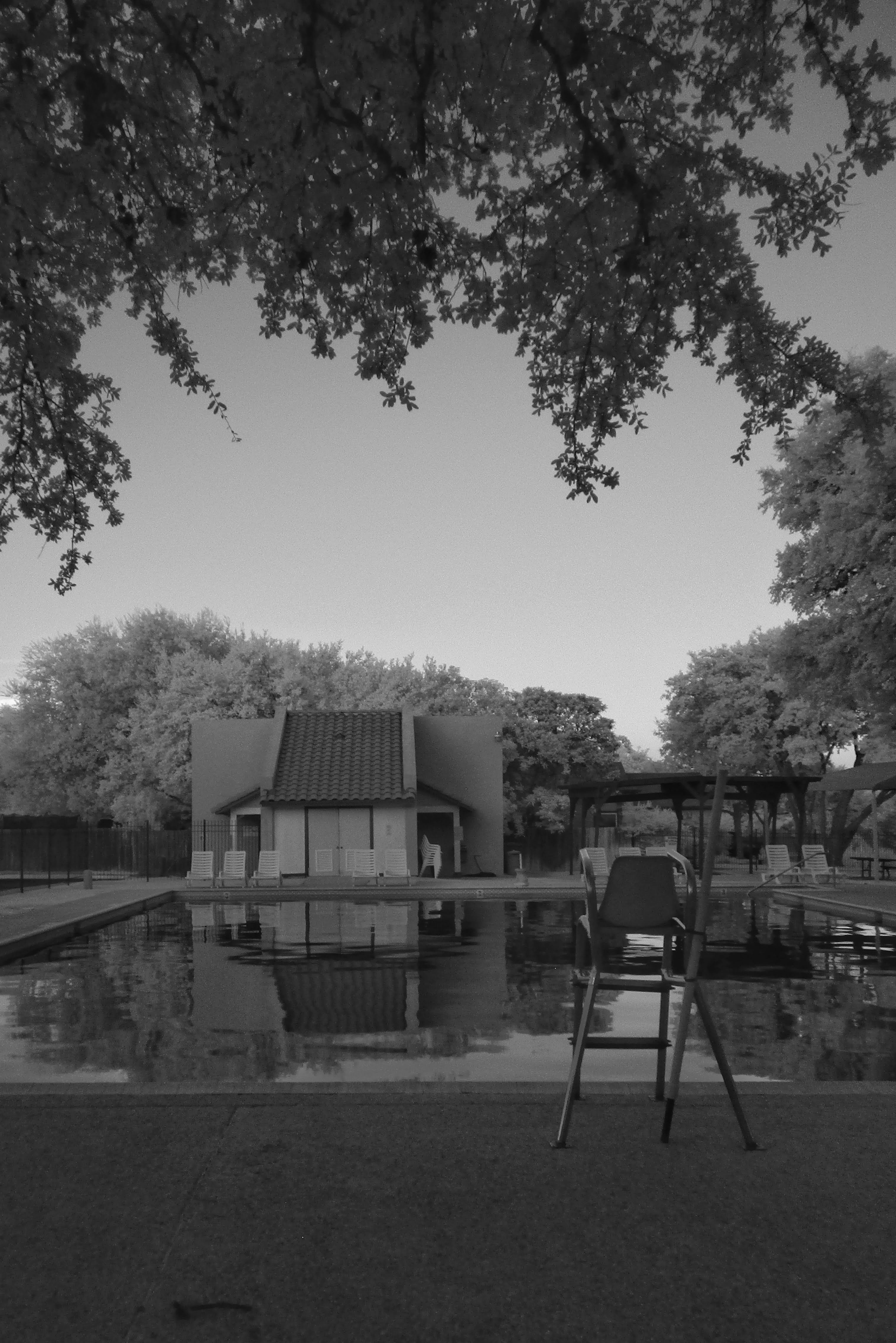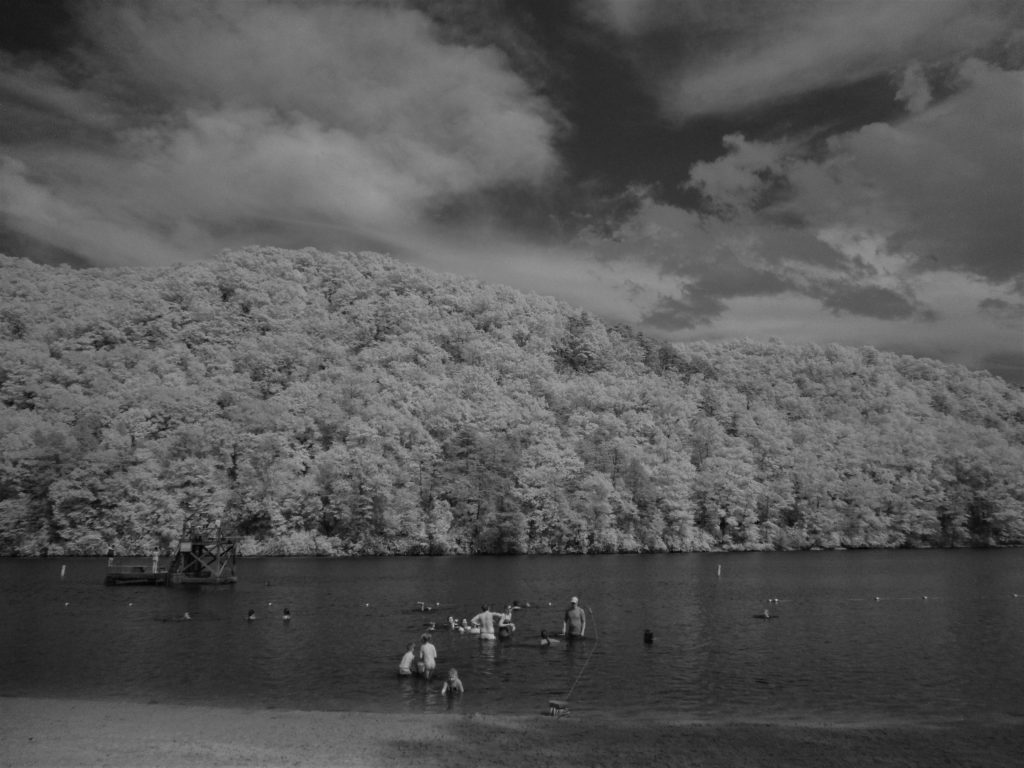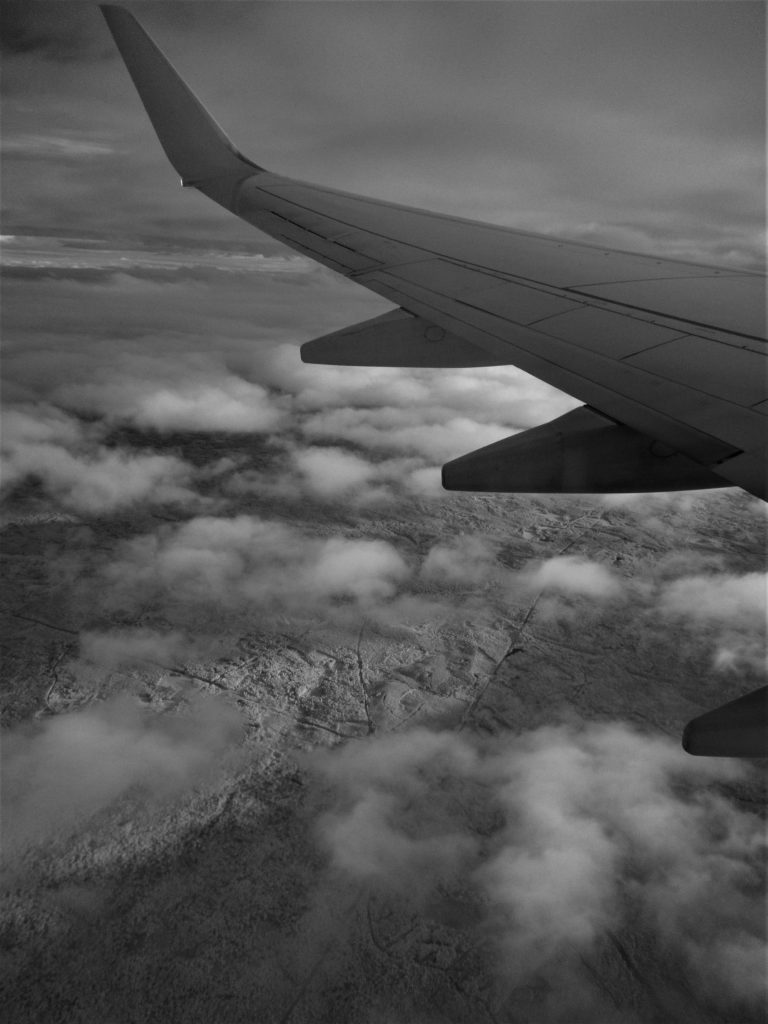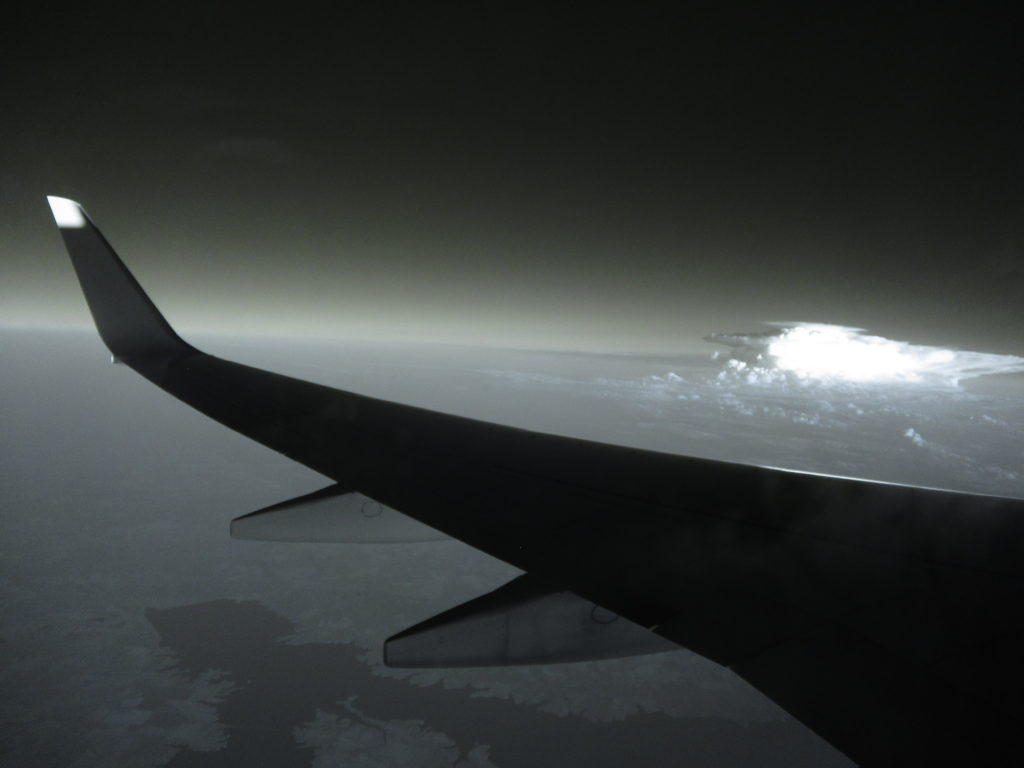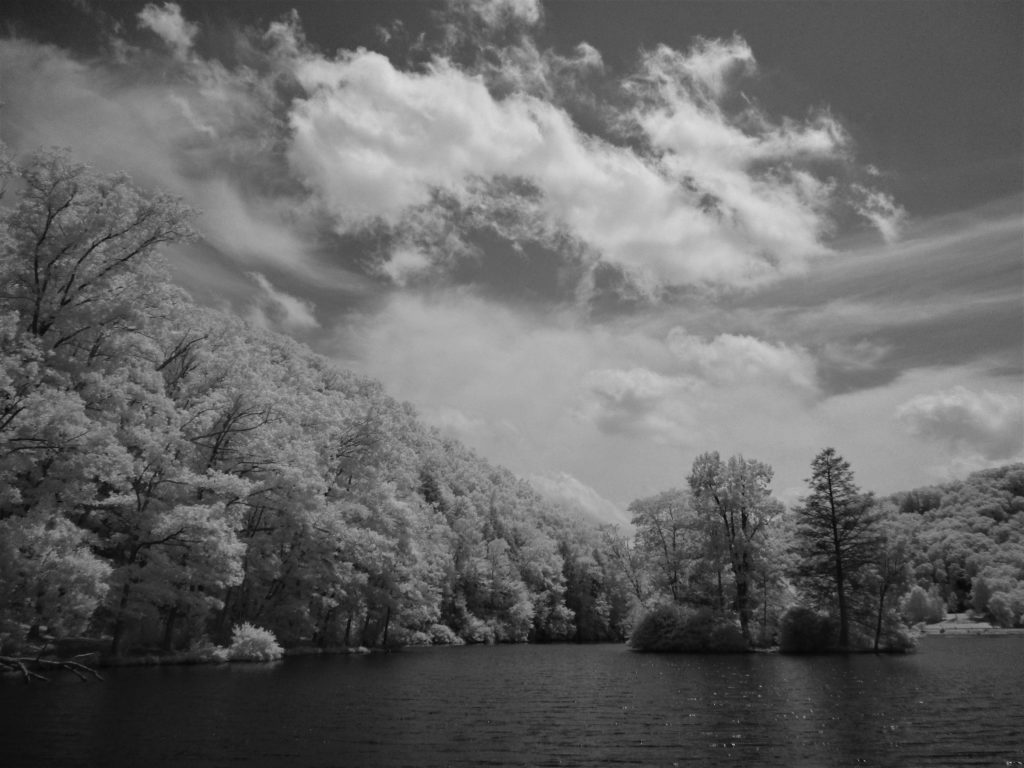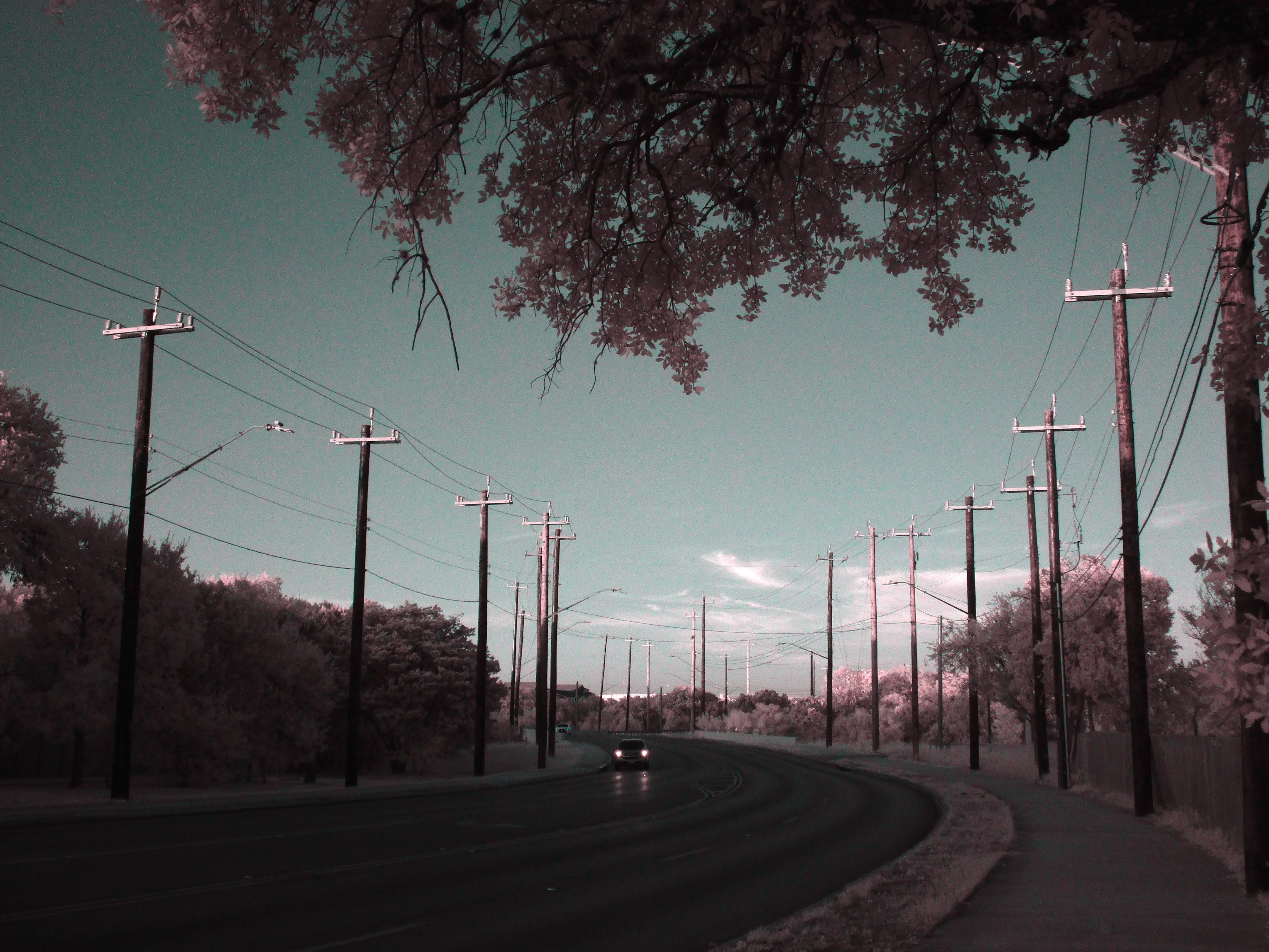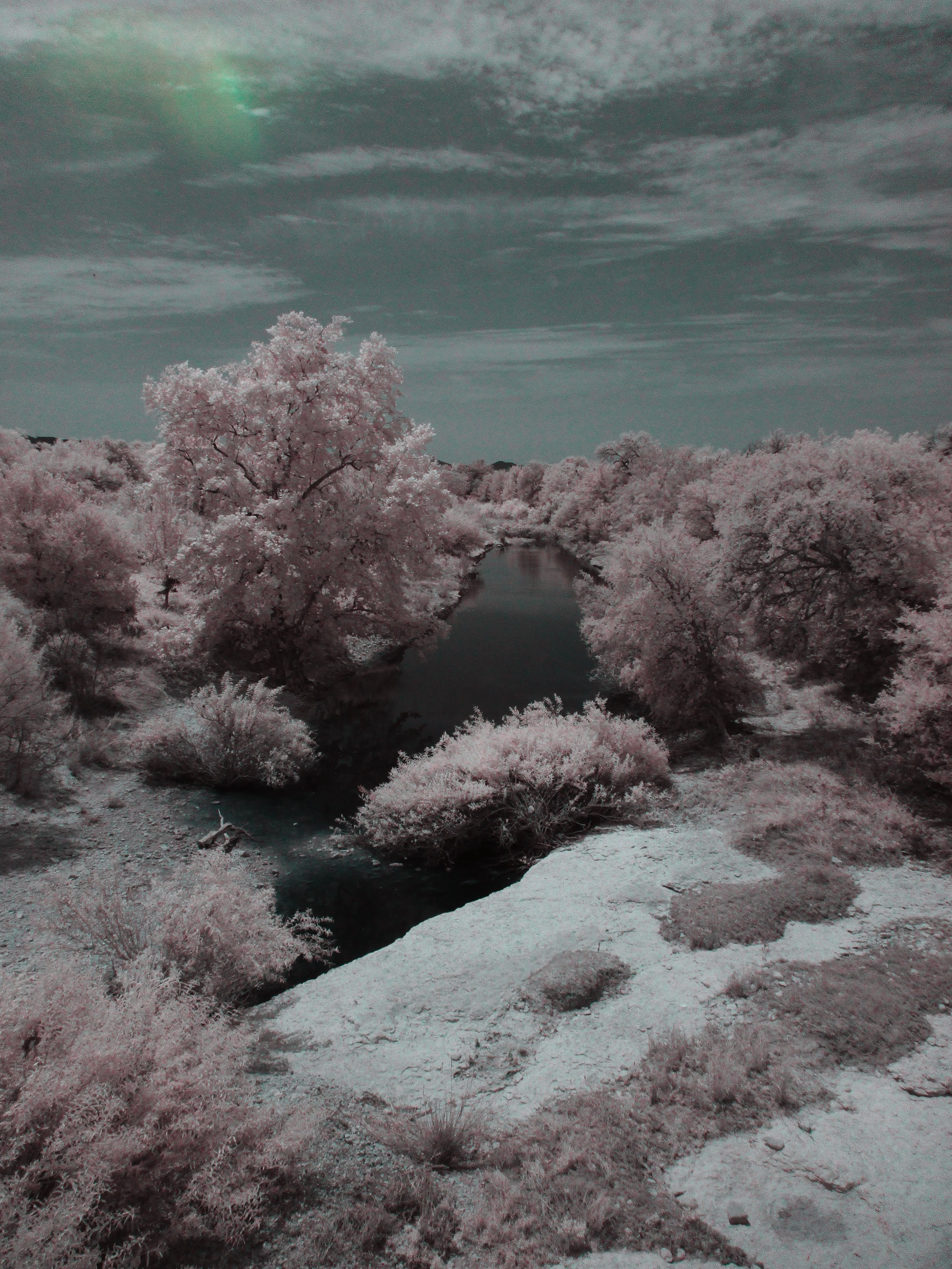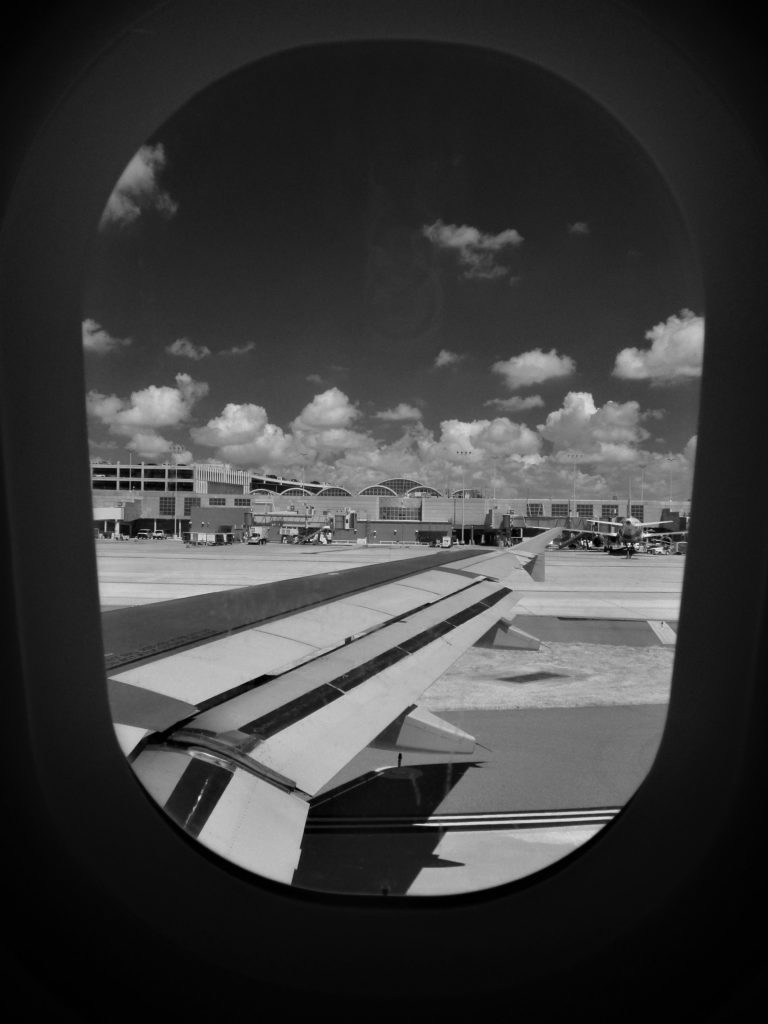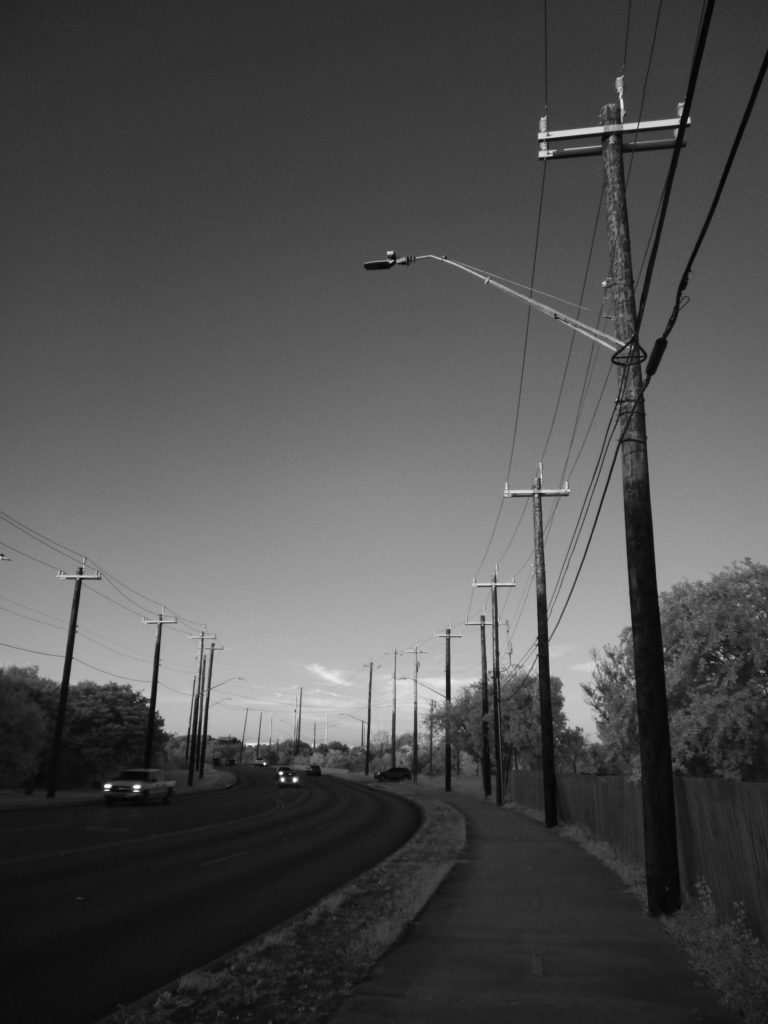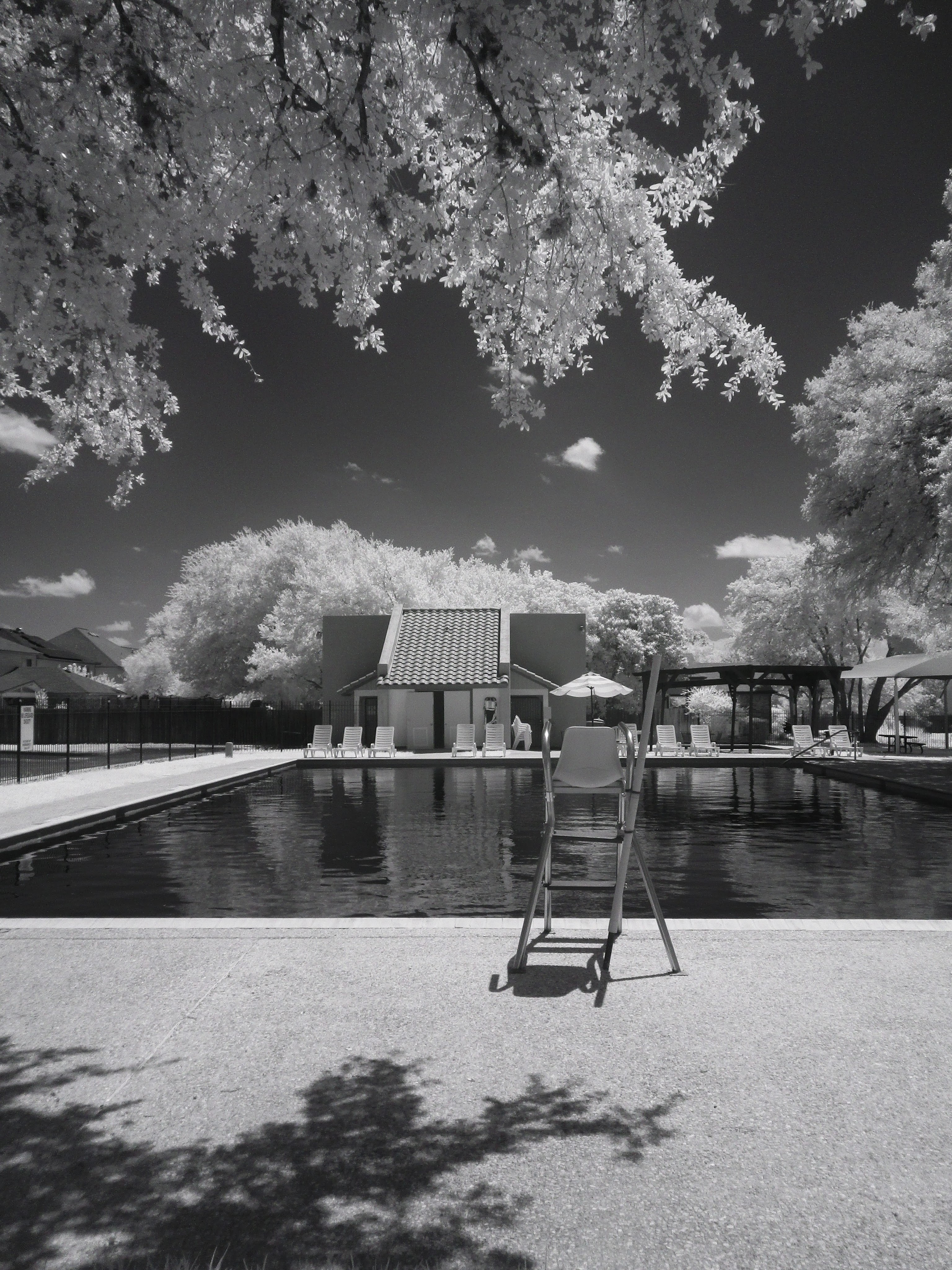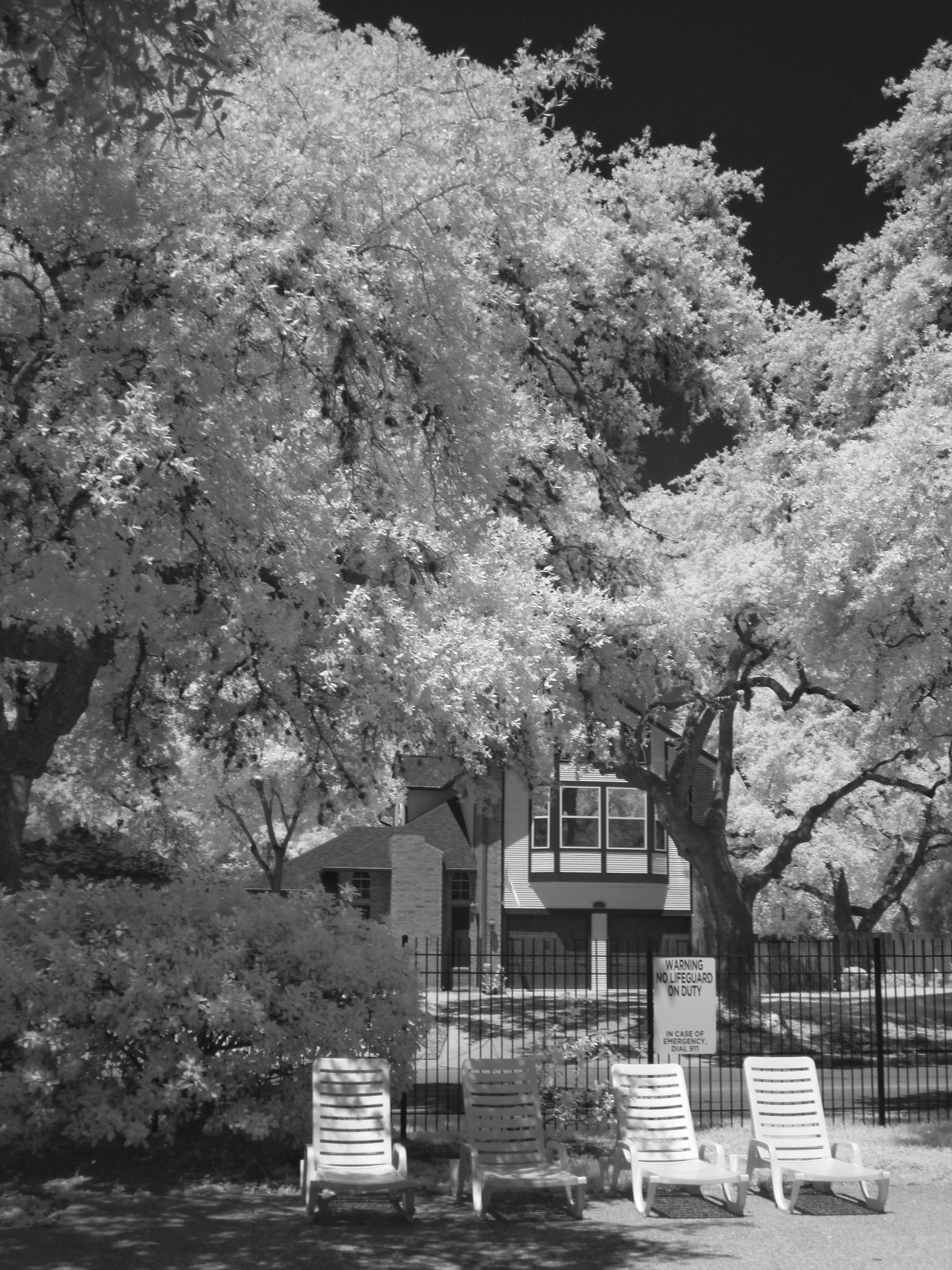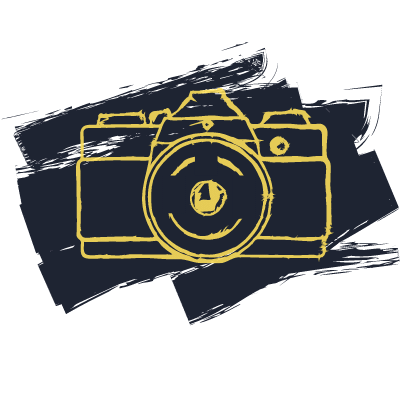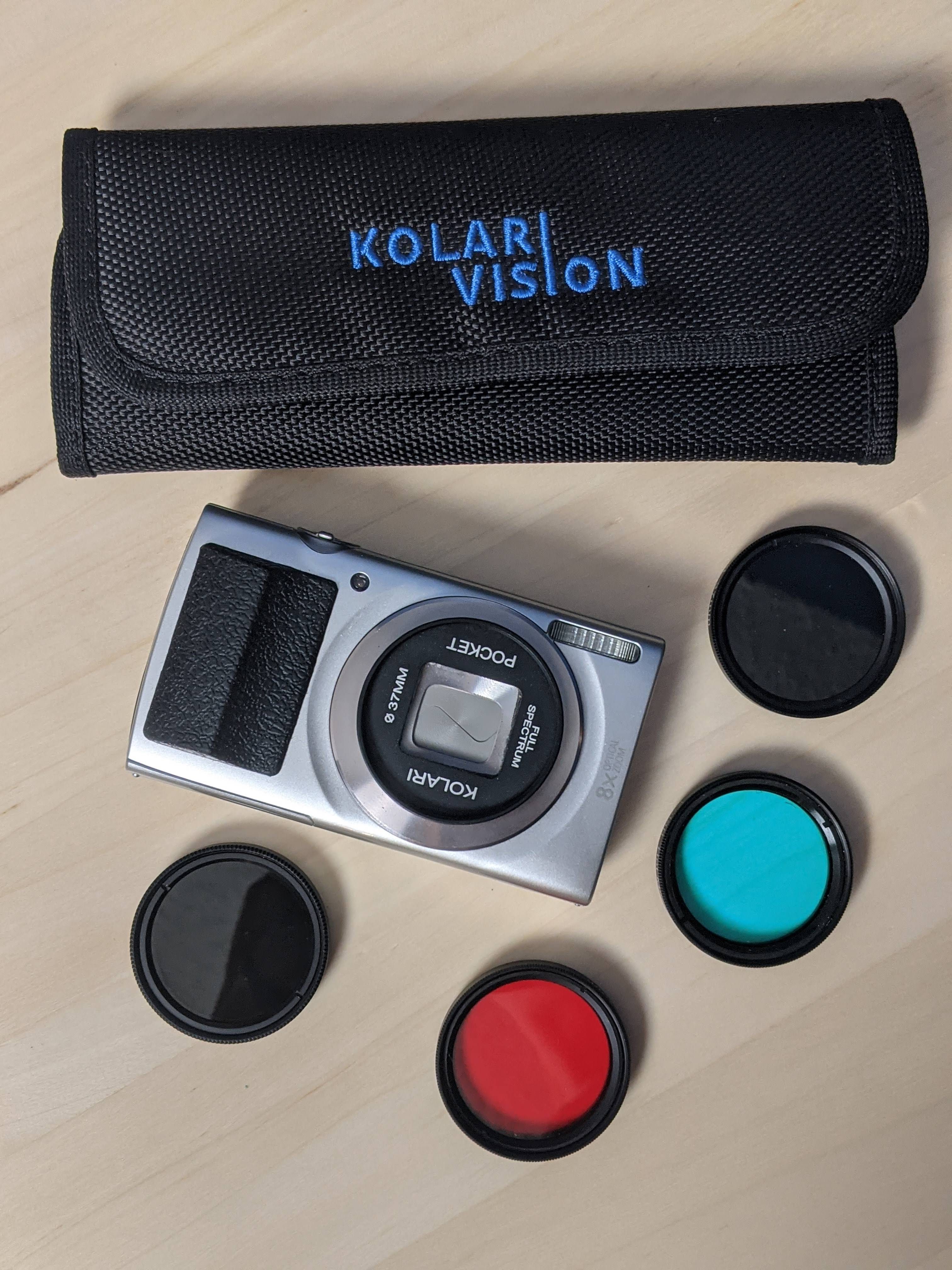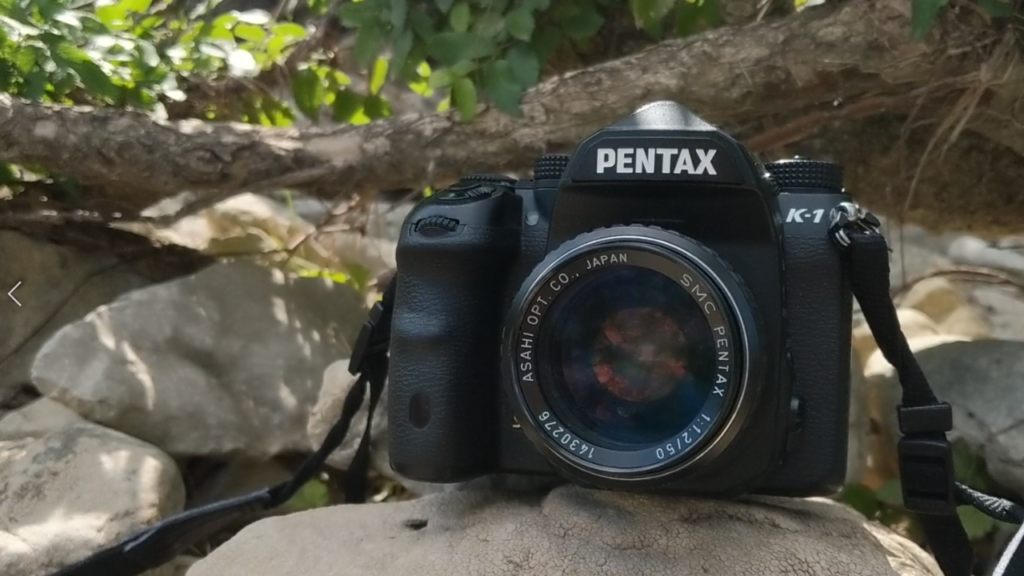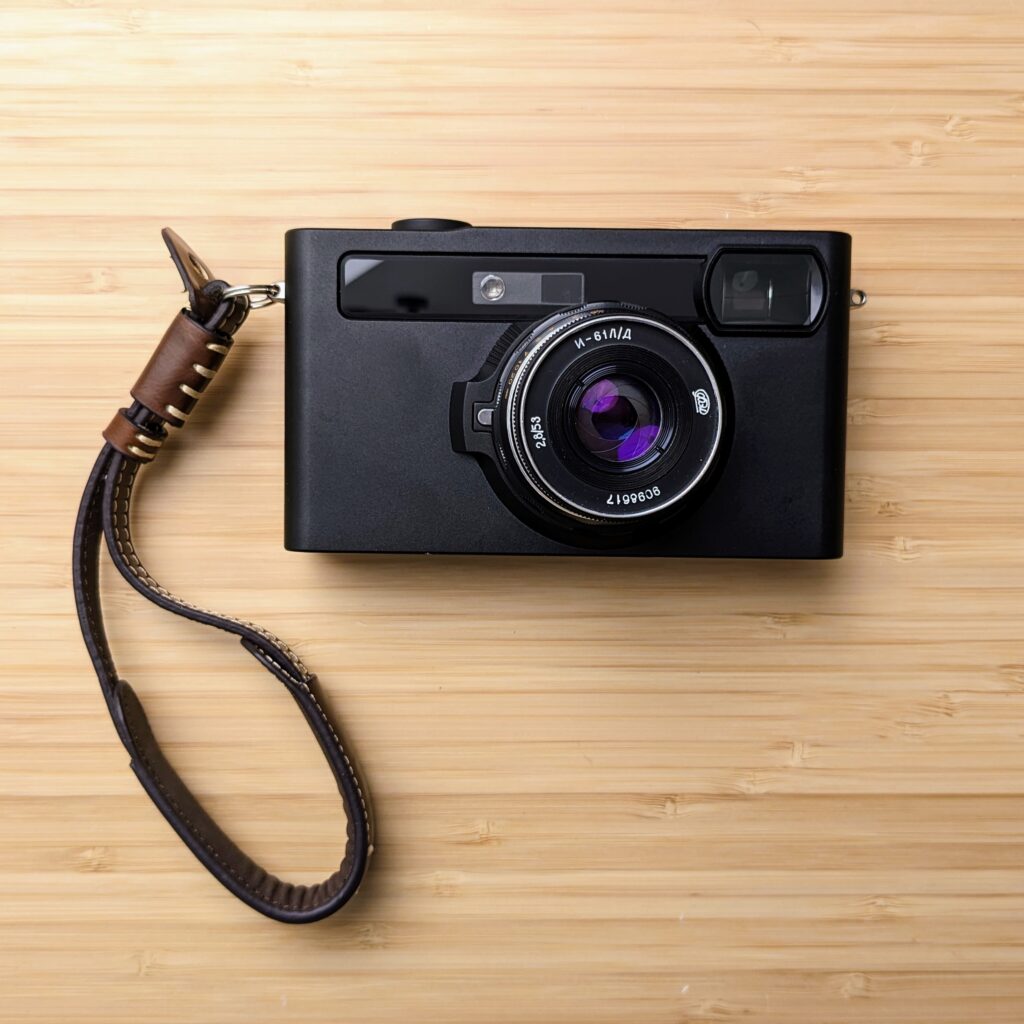If you want to experiment with full spectrum or infrared photography on a budget, or are just looking for a pocketable infrared camera, the Kolari Pocket may be just what you’re looking for.
Overview
I’ll refer to it as the Kolari Pocket, but it really is a Canon ELPH 180 point and shoot camera modified by Kolari to shoot full spectrum. As a package, Kolari also adds a 37mm filter adapter to the front of the lens and a nice adhesive rubber grip to the front to improve handling. The modified camera starts at $209 from Kolari directly with an included 720nm filter, and goes up from there with multiple filter packages. This feels like a very fair price given the Canon ELPH 180 retails for $150 itself, meaning they are charging a minimum for the modification and accessories. Of course, you can always find one used like I did to save money or watch for another modified point and shoot Canon for a similar results.
Ergonomics
The Canon ELPH 180 is a common point and shoot design that really hasn’t changed much in over a decade. That is to say plastic, light, easily pocketable, easy to use: not much going on here but in a good way. The addition of the adhesive grip helps quite a bit for handling while maintaining the pocketability.
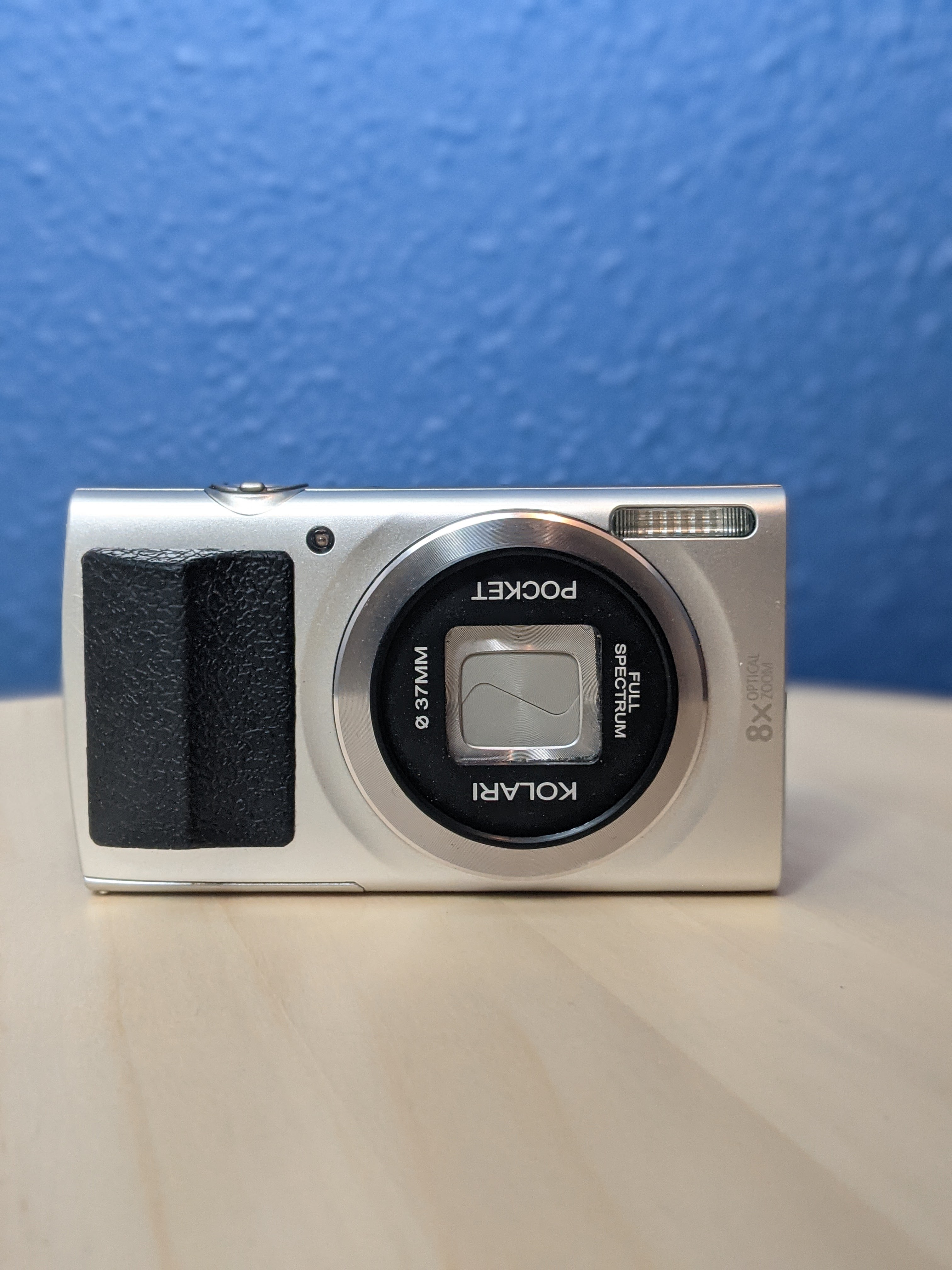
As mentioned previously, Kolari sticks a 37mm filter adapter to the front of the lens. This is stuck on firmly and I haven’t had any issues with it yet. There is a little flex when adding or removing filters due to the nature of the retracting lens it is attached to, but so far it’s held up. 37mm is a good size for affordable filters making it easy to try the full gambit of full spectrum photography on a budget. The small size also helps with portability, allowing multiple filters to fit into a small pouch (which Kolari sells as an add-on, if you’re interested.)
Using the Camera
For a first time infrared photographer the Kolari Pocket couldn’t be any easier to use. I use the camera in program mode, which while it isn’t manual mode (more on that later), allows some essential changes. After you attach your desired filter, the first change you should make in program mode is to set a custom white balance. Simply set the white balance on something neutral in the scene (with the filter attached) and you’re set. From here you can also adjust metering modes, exposure compensation and focus settings. Be sure to use the infinity setting for any landscape shots, as this seems to increase the chances of getting good infinity focus.
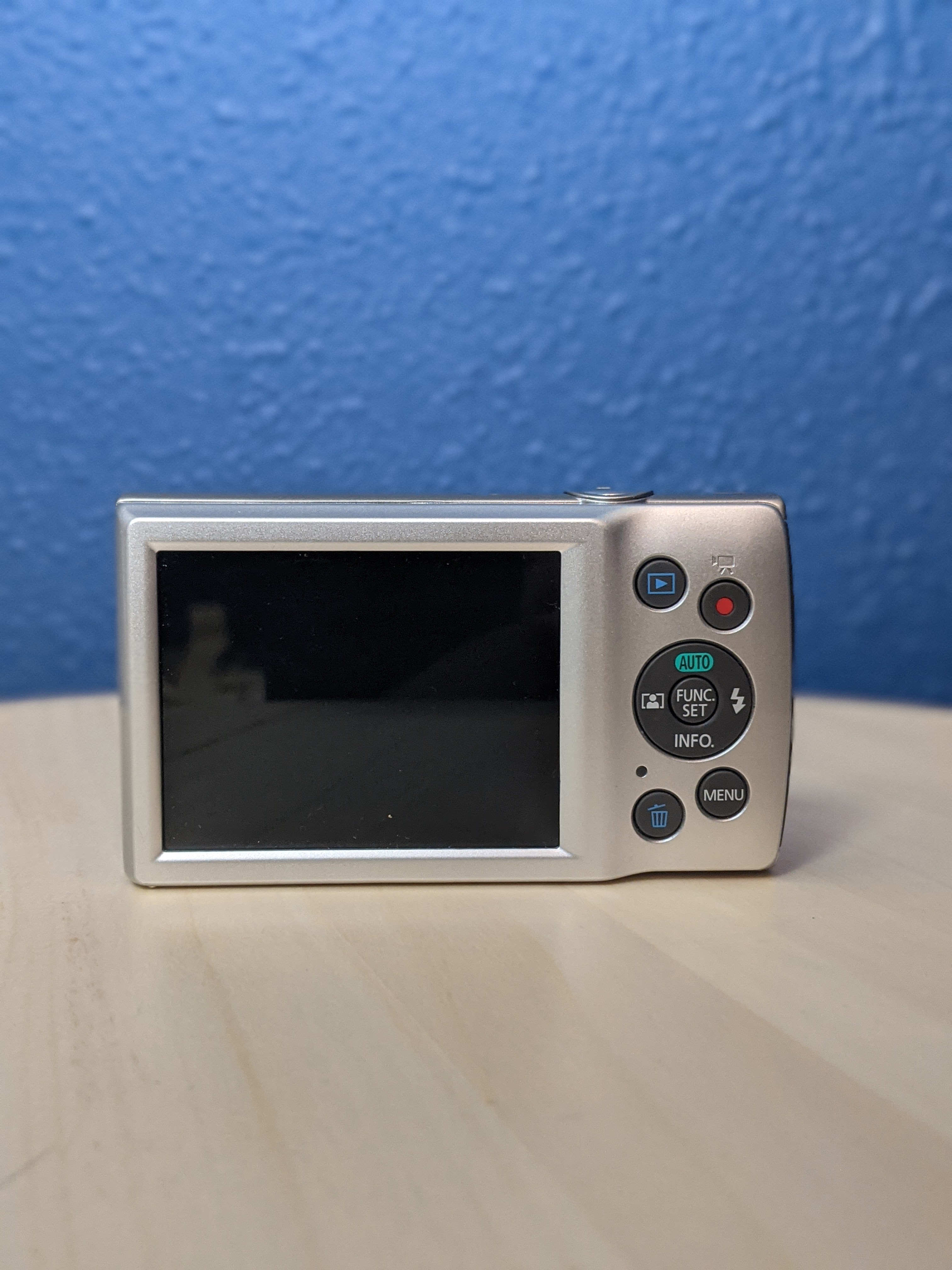
I will mention that because this is a Canon point and shoot you have the ability to load the free CHDK software onto the device. CHDK is a crowdsourced piece of software that allows you to unlock all the controls of the camera. This means full manual control of aperture, shutter speed, ISO and also allows you to load scripts for time lapse shooting, among other things. I love CHDK, and it’s where I first learned manual photography on my very first camera, a Canon point and shoot. While the instructions to set it up are straight forward, some might be intimidated by it. Don’t worry, it isn’t necessary, but for those looking to get more out of the camera it is worth it.
Image Quality
While the Kolari Pocket (Canon ELPH 180) is a modern point and shoot, it’s still a budget point and shoot, and image quality certainly suffers. With smart phone cameras having sharp lenses, bright apertures and software enhancements baked into the files you may be surprised how dated images from a Canon point and shoot feel in comparison. Even at base ISO the noise is terrible. The lens focused to infinity is soft, and that could be in part to program mode insisting I use f3.2 for everything. I may experience with CHDK or a different mode to see if f5.6 is any better, but I doubt it’ll be a drastic improvement if any.
The camera by default cannot output raw files, something you can do with CHDK but may not make a difference in image quality. The JPEGs are mushy, but fine for social media or small prints. After all, this is an affordable camera to get you into the full spectrum world. So, don’t expect too much.
I found that for 720nm or 850nm black and white shots the noise was less noticeable and instead adding a grain to the images that fit the aesthetic. For color images, and especially those you will want to play with in post, expect noise and fringing issues.
Conclusion
If you want a cheap full spectrum camera along with affordable filters for all kinds of infrared photography, the Kolari pocket is a great option. Add in the pocketability of the camera and you have a very fun system for taking unique photographs wherever you are. The camera is easy to use and comfortable. Image quality is disappointing for those used to smart phones or larger sensor cameras, but acceptable for small prints.
If you are interested in purchasing the Kolari Pocket use the following link to support me. Thanks!
Sample Image Gallery
